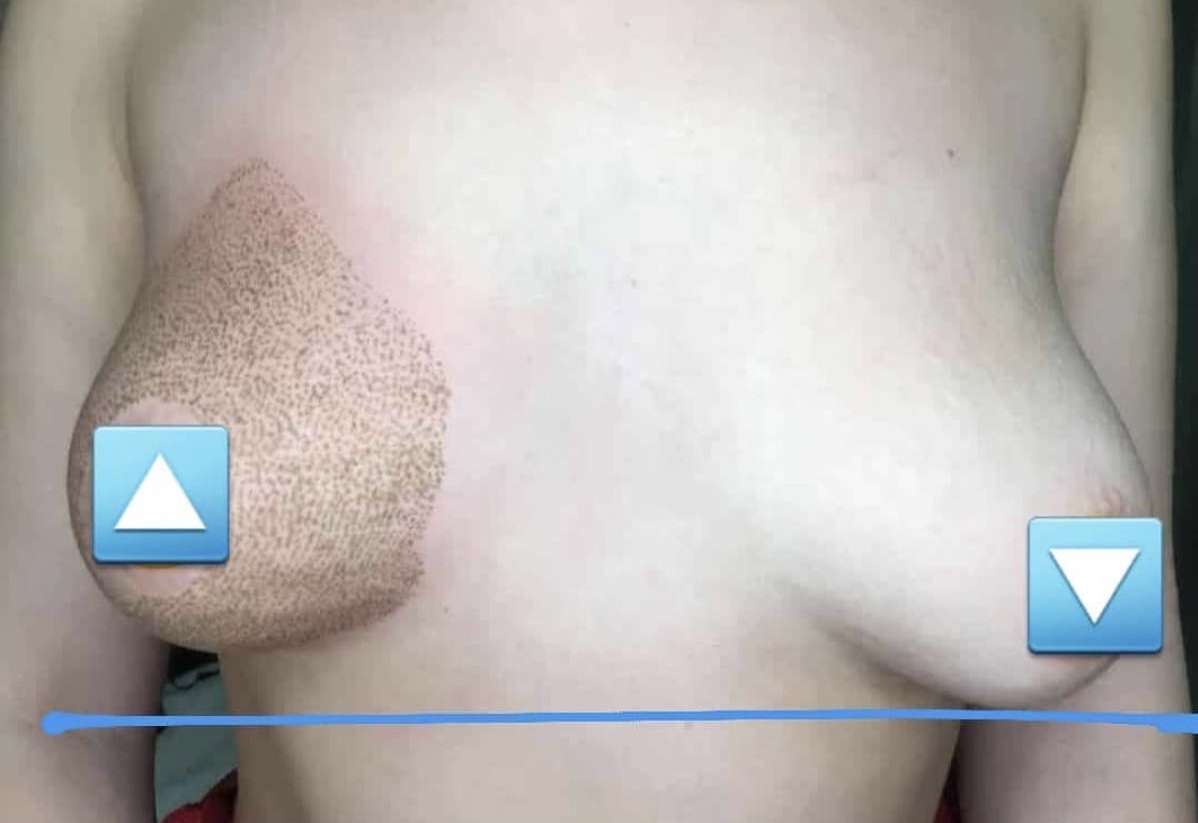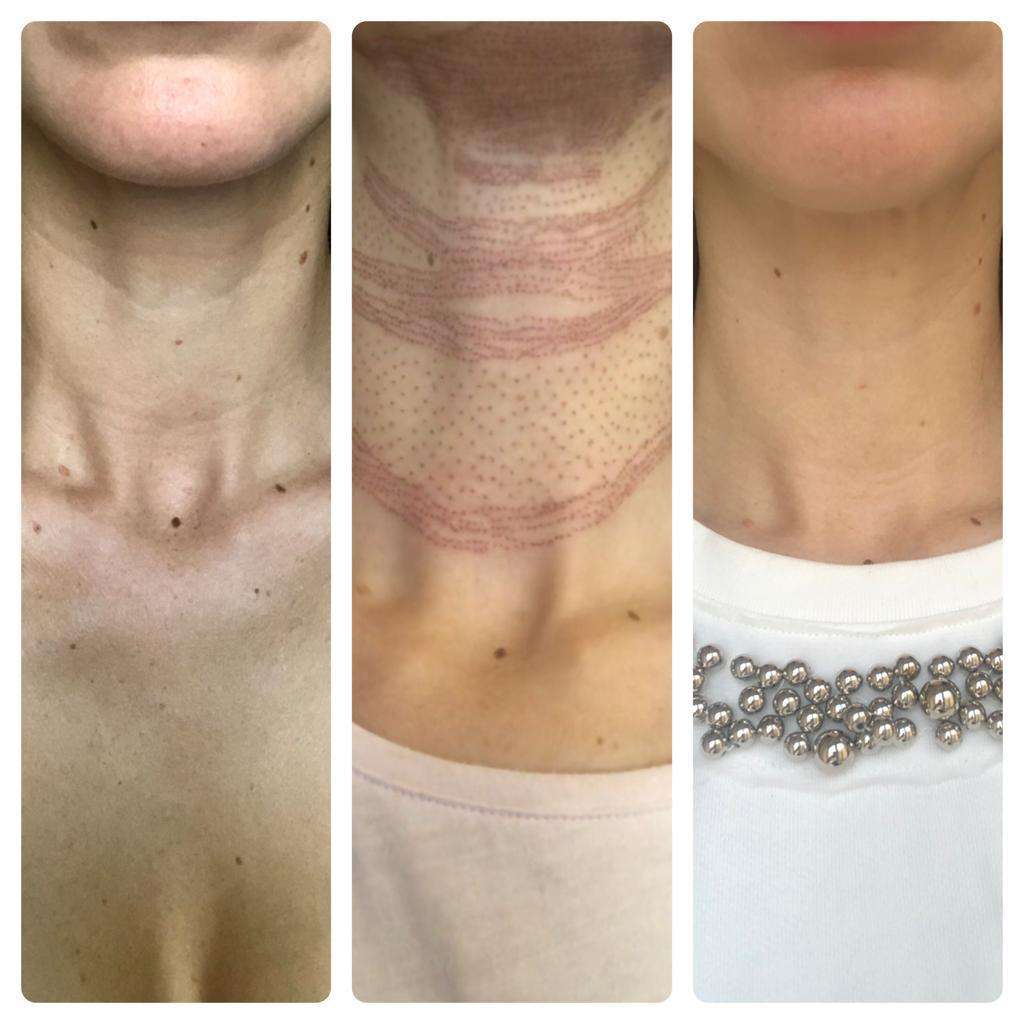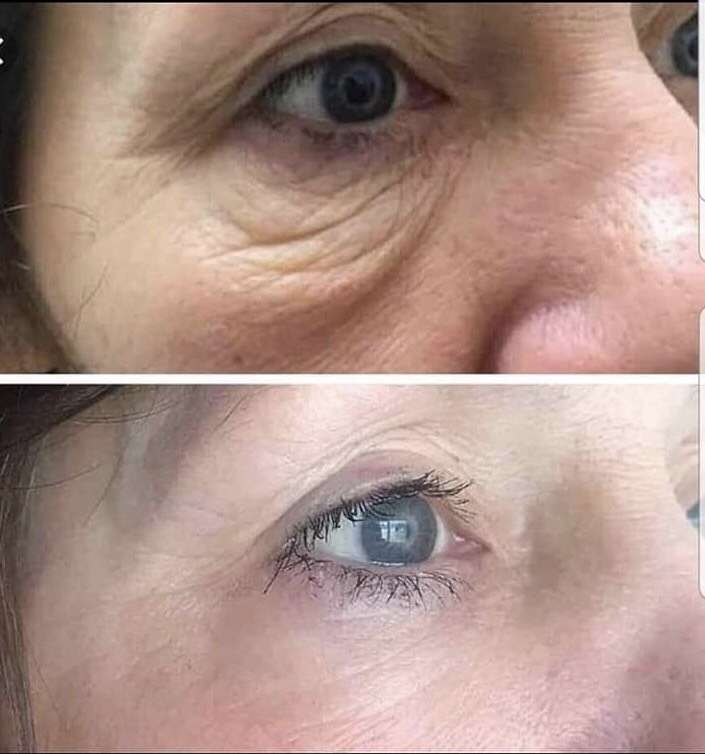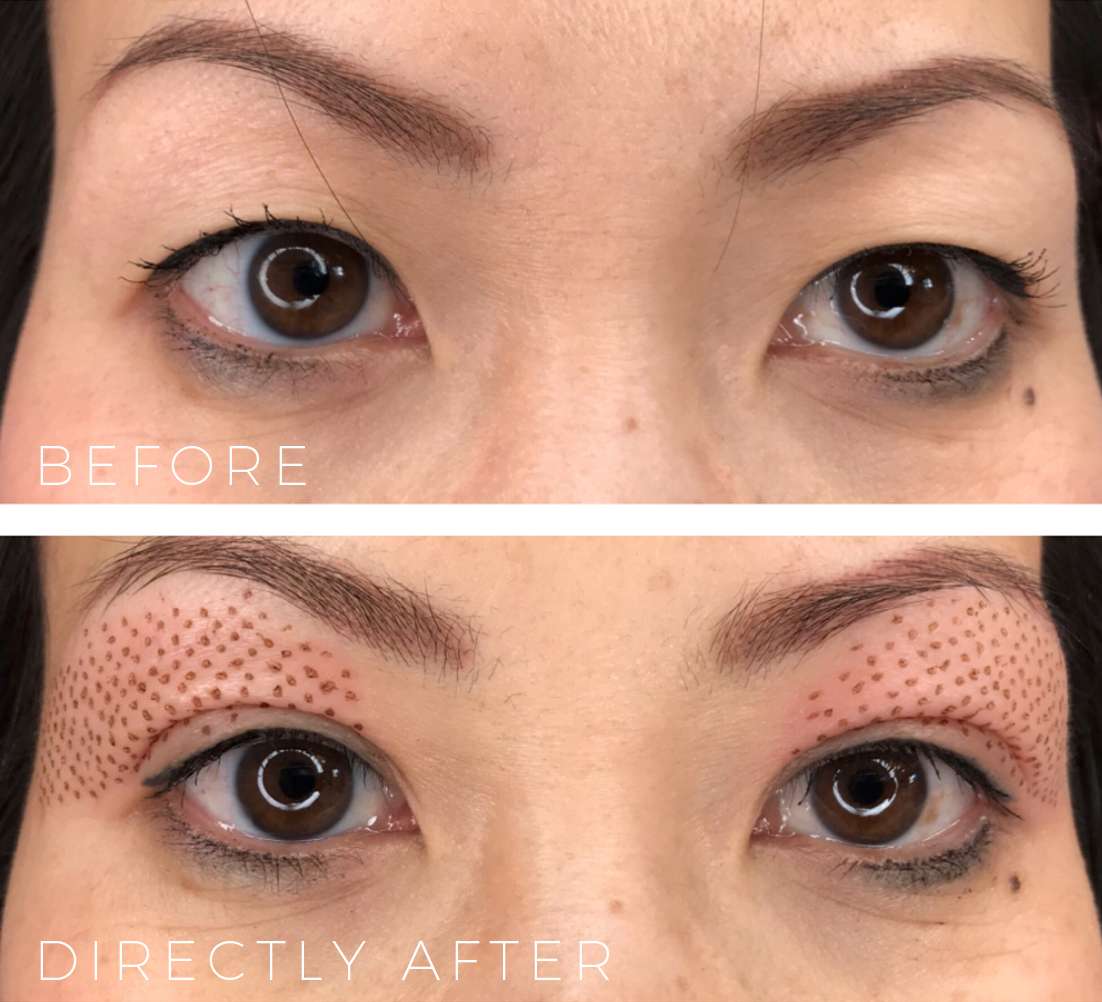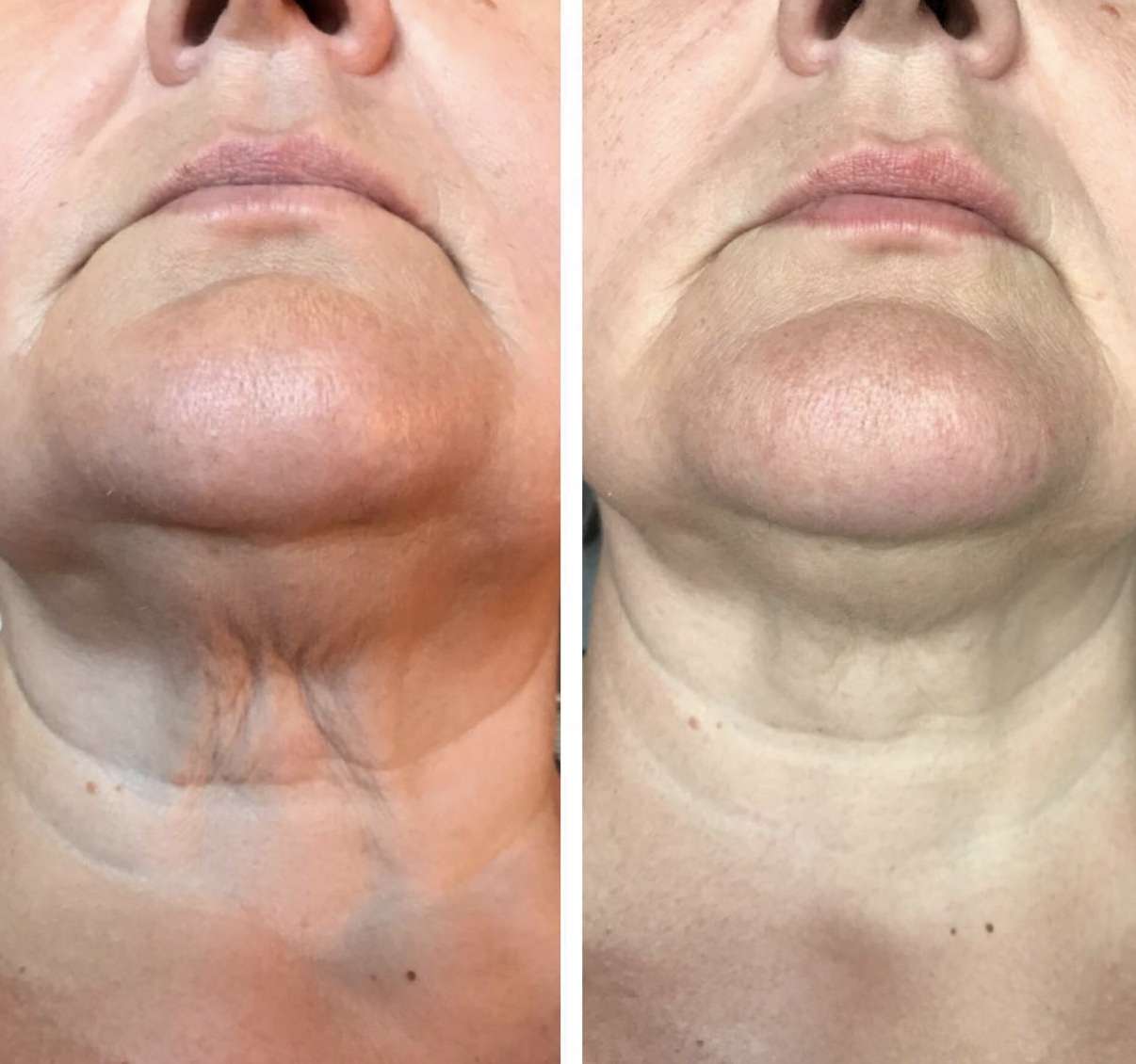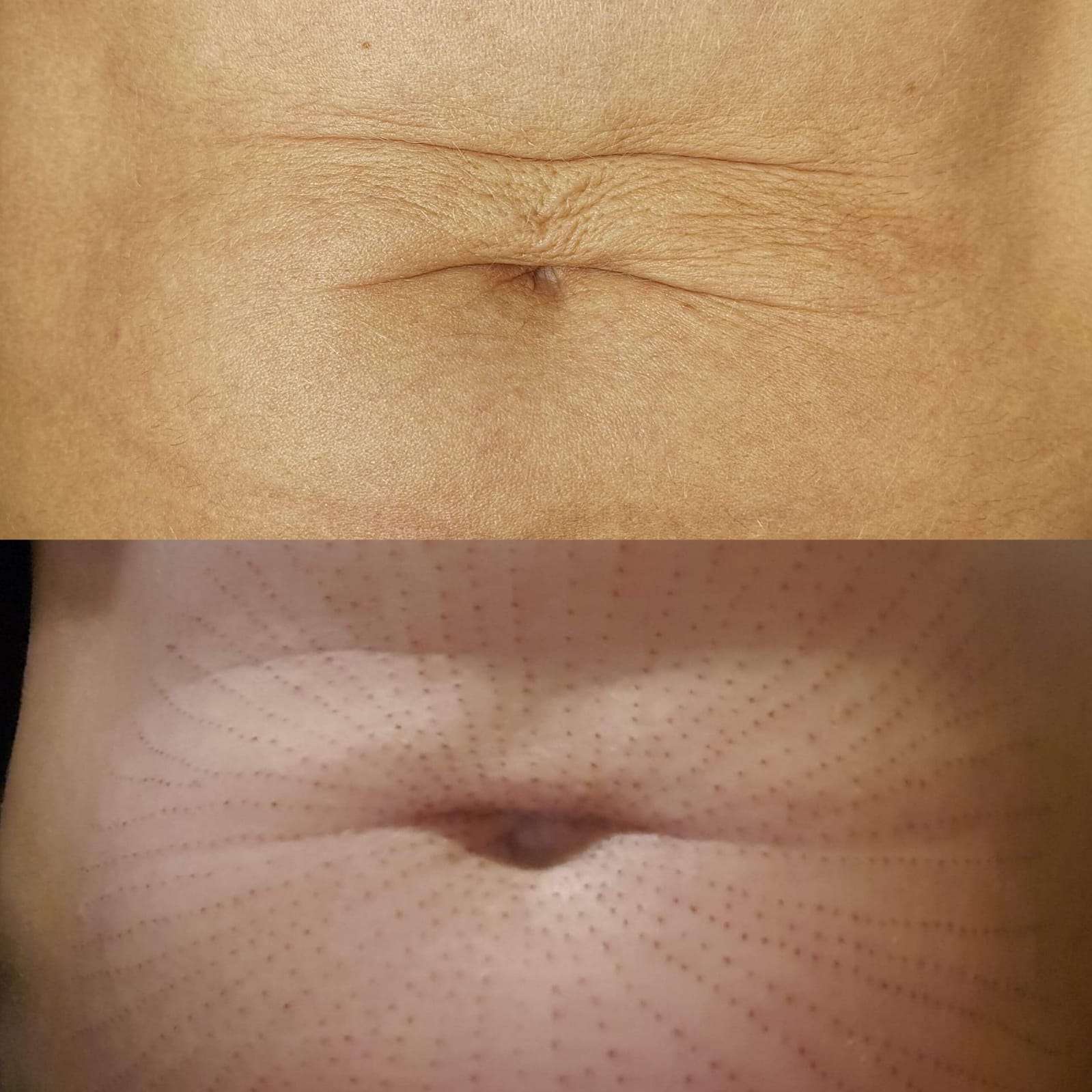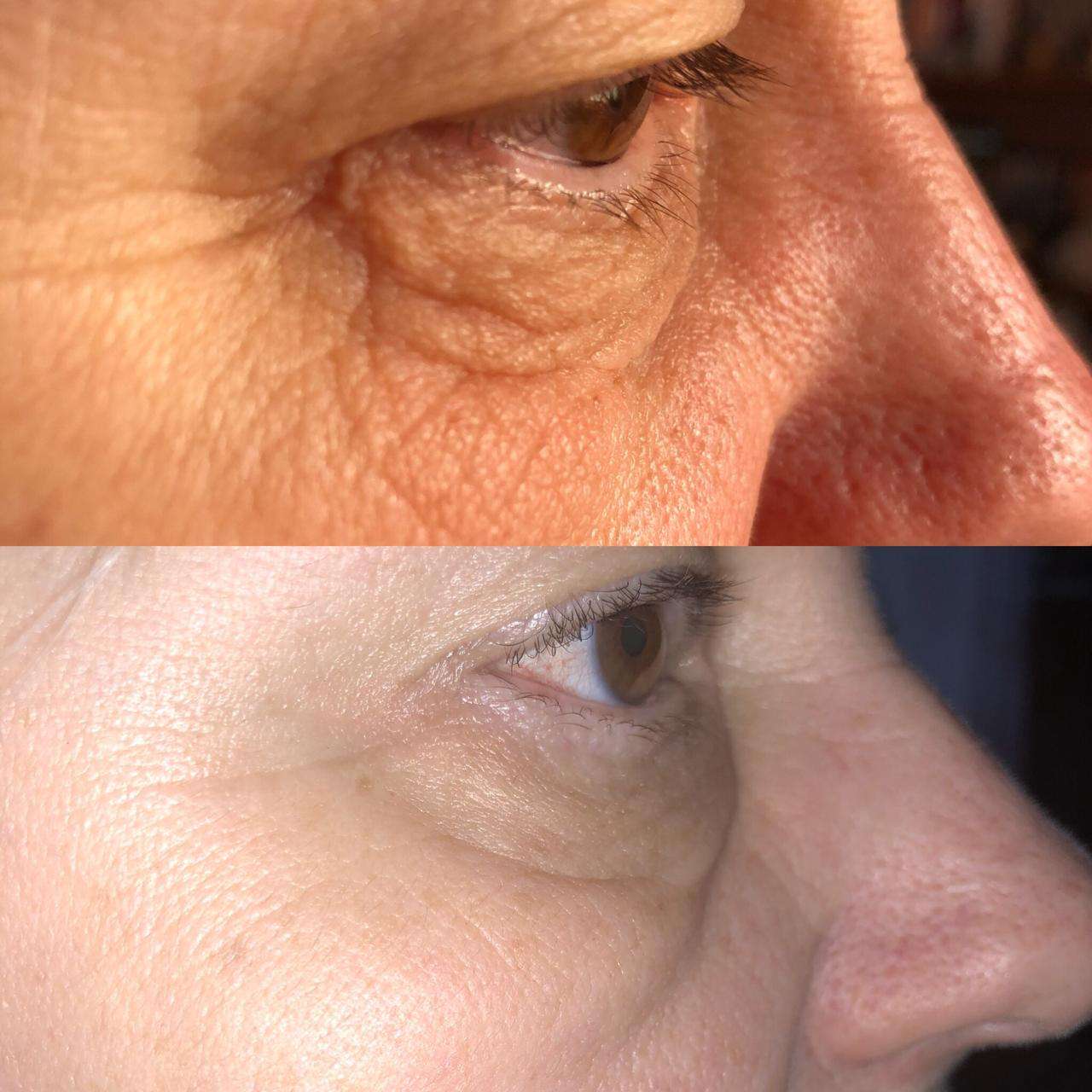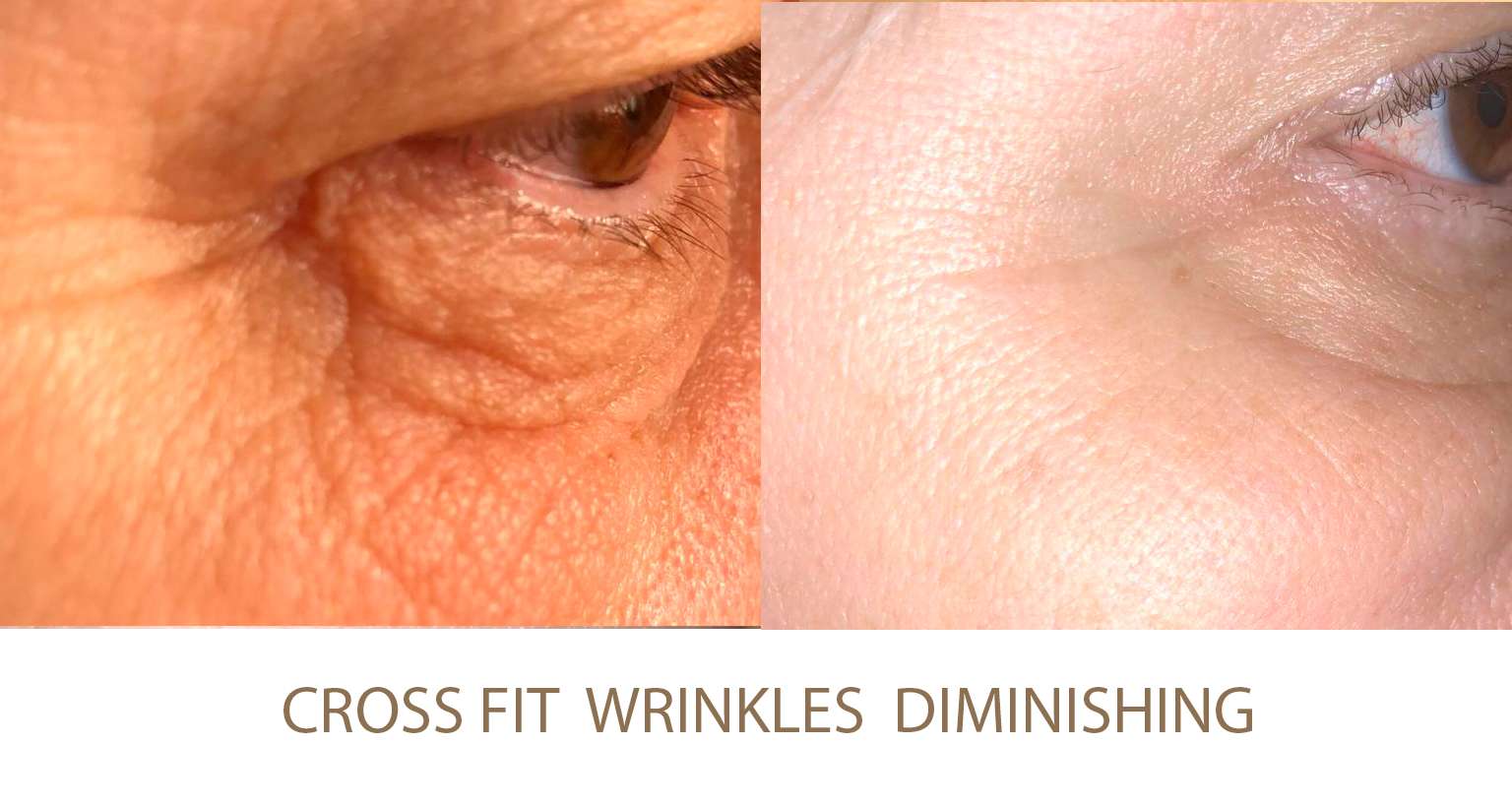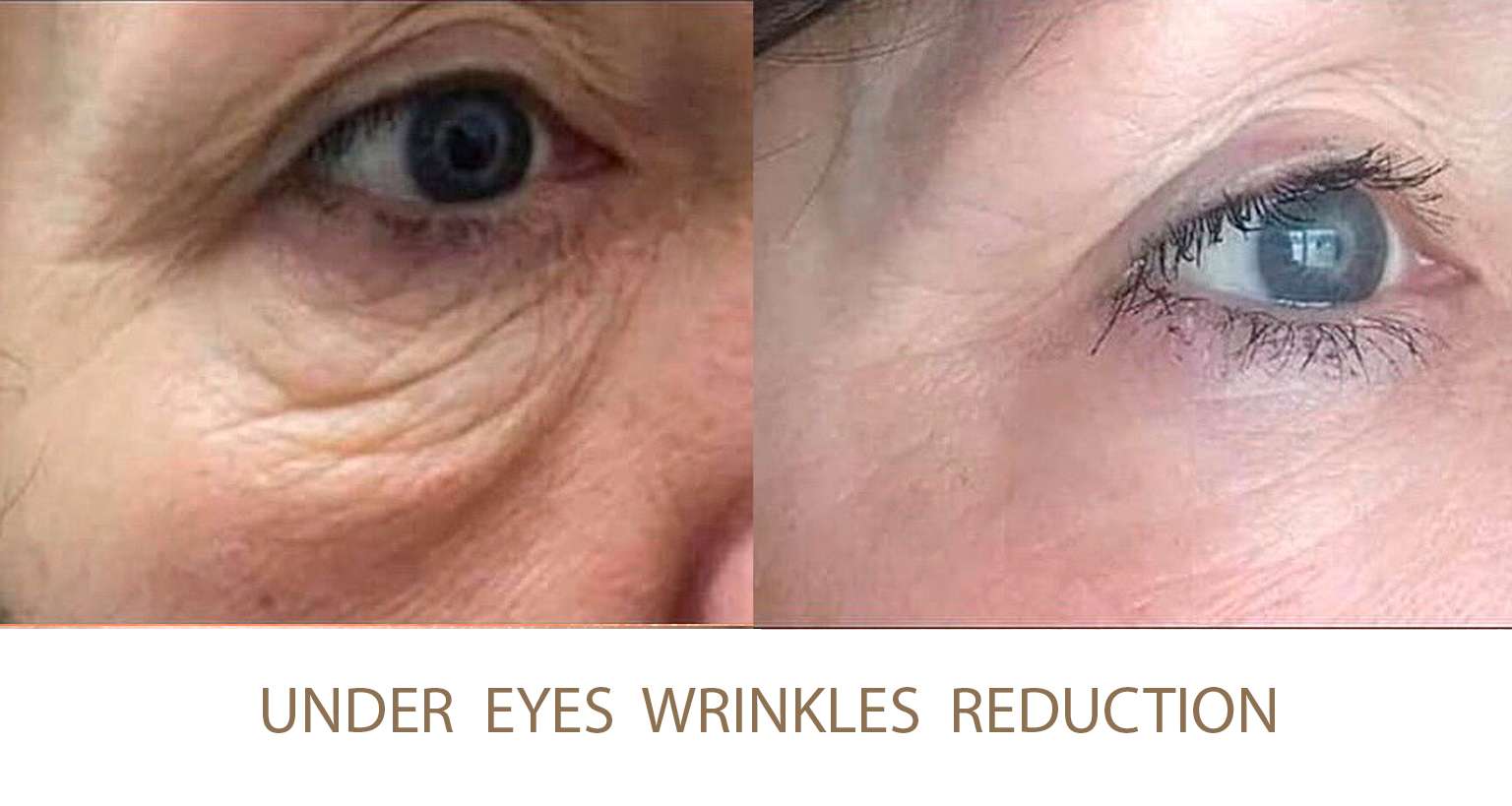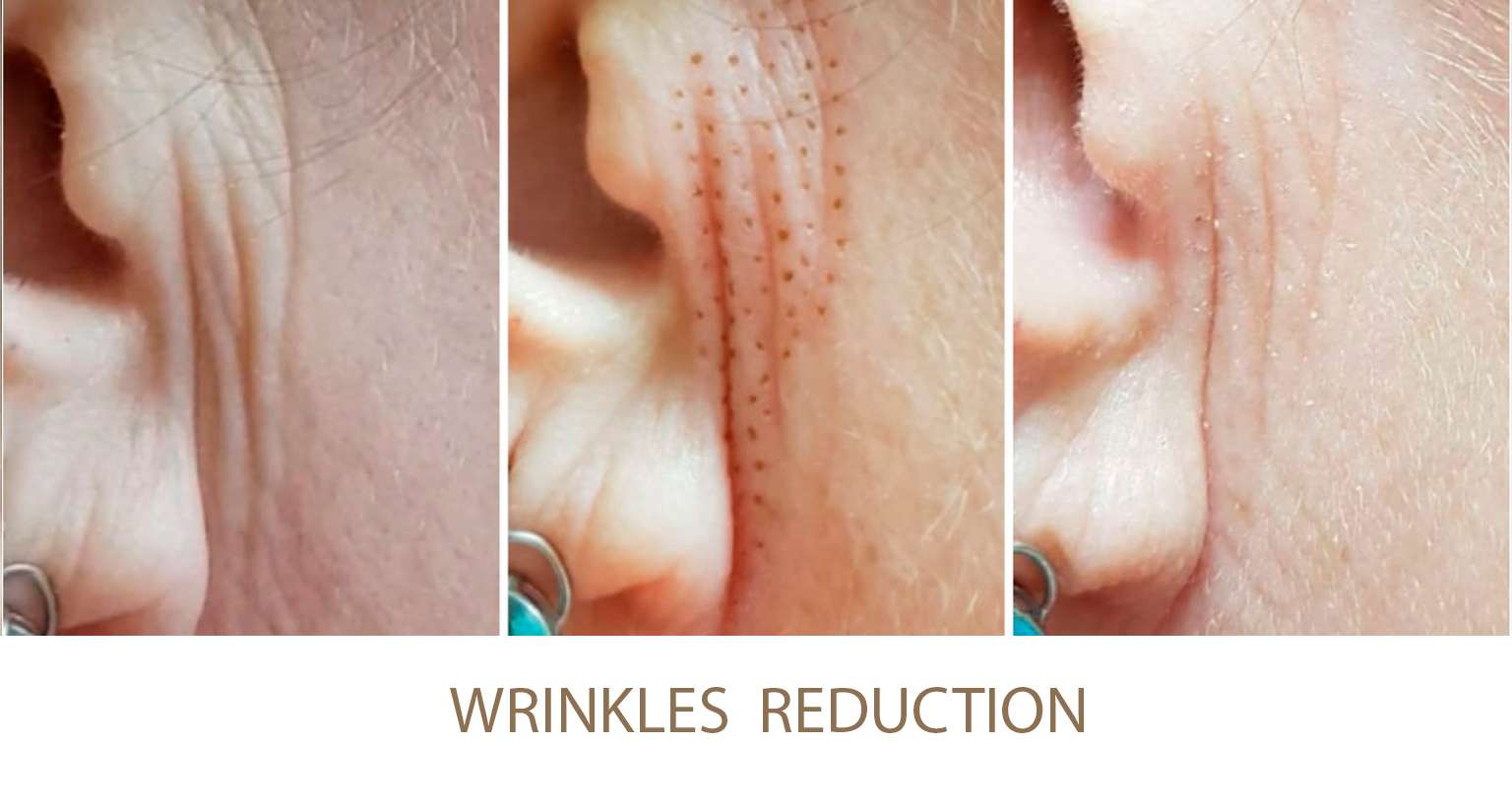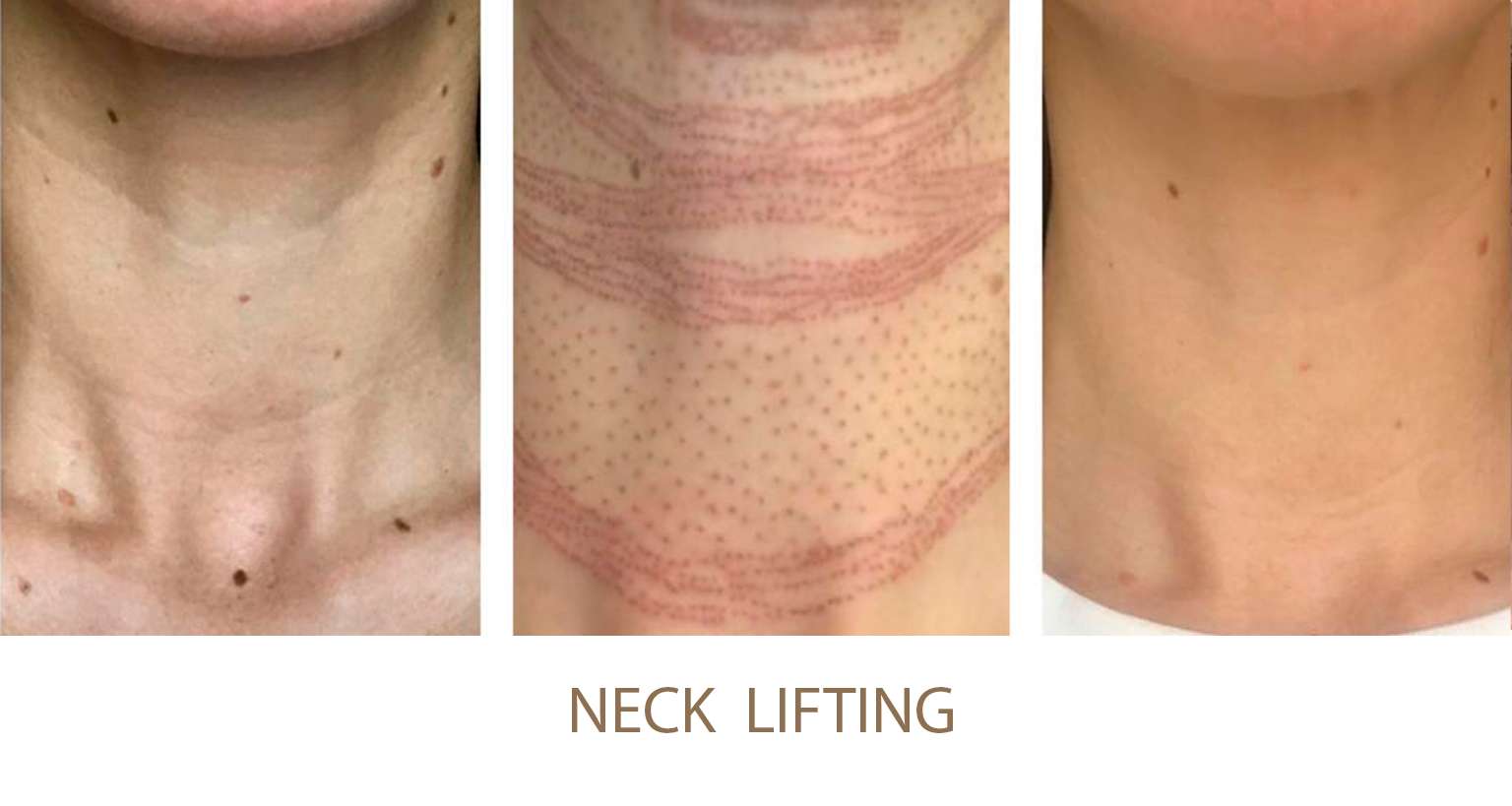Hair Loss aka Alopecia
Is a common condition in which hair begins to thin or fall out from the scalp or other parts of the body. It can be temporary or permanent and can affect people of all ages and genders.
What is Hair Loss?
Hair loss is a common condition that can affect both men and women. It can occur for a variety of reasons, including hereditary factors, hormonal changes, medical conditions, medications, stress, and certain hairstyles or treatments.
The most common type of hair loss is androgenetic alopecia, which is a genetic condition that affects both men and women. This type of hair loss is commonly referred to as male or female pattern baldness, and it typically starts with a receding hairline or thinning on the crown of the head.
Other types of hair loss include alopecia areata, which is an autoimmune disorder that causes patchy hair loss; telogen effluvium, which is hair loss caused by a significant stress event or medical condition; and traction alopecia, which is hair loss caused by certain hairstyles that pull on the hair, such as tight braids or ponytails.
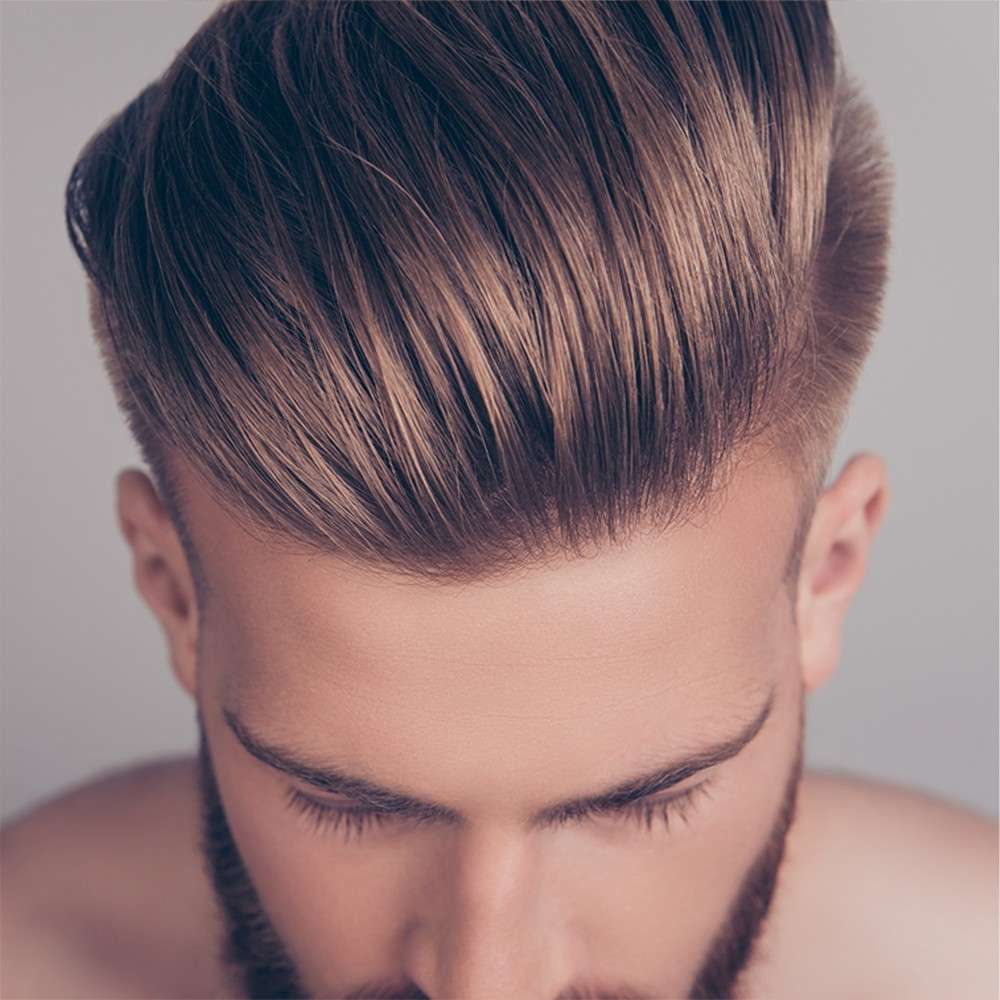
Treatments for Hair Loss at Beauty Pro NYC?
At Beauty Pro NYC we offer two different procedures that can be used for hair restoration:Scalp micro pigmentation (SMP) and Microneedling Sera Hair Booster, both can be effective depending on your individual needs and preferences.
Scalp micro pigmentation is a non-surgical procedure in which tiny dots of pigment are tattooed onto the scalp to simulate the appearance of hair follicles. This can be used to create the illusion of a full head of hair, even for those who are balding or have thinning hair. The procedure is done by a trained technician and typically requires multiple sessions for best results.
Microneedling Sera Hair Booster, on the other hand, is a procedure in which tiny needles are used to create small punctures in the scalp. This is thought to stimulate hair growth by increasing blood flow and promoting the production of collagen and other growth factors. This procedure is also done by a trained technician and typically requires multiple sessions for best results.
What causes Hair Loss?
Hair loss can be caused by a variety of factors, including:
Hereditary factors: Androgenetic alopecia, commonly referred to as male or female pattern baldness, is a genetic condition that causes hair loss. It is the most common cause of hair loss and affects both men and women.
Hormonal changes: Hormonal changes can cause hair loss, particularly in women. This can occur during menopause, pregnancy, and after childbirth.
Medical conditions: Certain medical conditions such as thyroid problems, alopecia areata, and scalp infections can cause hair loss.
Medications: Some medications, such as chemotherapy drugs, blood thinners, and antidepressants, can cause hair loss as a side effect.
Stress: Significant physical or emotional stress can cause hair loss, a condition known as telogen effluvium.
Hairstyles and treatments: Certain hairstyles and treatments that pull on the hair, such as tight braids or ponytails, can cause hair loss over time, a condition known as traction alopecia.
Nutritional deficiencies: A lack of certain nutrients, such as iron or vitamin D, can cause hair loss.
Aging: As we age, our hair naturally thins and becomes less dense.
Before & After
Enjoy the Difference
Frequently Asking Questions:
Hair loss can be preventable in some cases, depending on the underlying cause. For example, if hair loss is caused by a nutritional deficiency, such as a lack of iron or vitamin D, then taking supplements or adjusting your diet to include more nutrient-rich foods may help prevent further hair loss.
Hair loss can be temporary or permanent, depending on the underlying cause. For example, hair loss caused by stress, nutritional deficiencies, certain medications, or hormonal changes may be temporary and reversible once the underlying cause is addressed.
However, some types of hair loss can be permanent, such as androgenetic alopecia (also known as male or female pattern baldness). This type of hair loss is genetic and results in a gradual thinning of the hair on the scalp over time. Once the hair follicles have shrunk and produced fine, vellus hairs, they cannot be revived to produce terminal hair growth again.
Hair loss caused by scarring, such as from injury or infection, can also be permanent. In these cases, the hair follicles are destroyed and cannot regenerate hair.
There are steps you can take to help reduce your risk or slow down the process. Here are some tips:
Eat a healthy diet: A diet rich in vitamins, minerals, and protein can help promote healthy hair growth. Include foods such as leafy greens, nuts, fish, and eggs in your diet.
Avoid tight hairstyles: Hairstyles that pull on your hair, such as tight braids, ponytails, or cornrows, can cause hair loss. Opt for looser styles instead.
Be gentle with your hair: Treat your hair gently, especially when it’s wet. Avoid vigorous brushing or combing and use a wide-toothed comb to detangle your hair.
Avoid heat styling: Excessive heat from styling tools, such as flat irons and curling irons, can cause damage to your hair and contribute to hair loss. If you must use heat, use a heat protectant spray and keep the temperature low.
Don’t smoke: Smoking can damage hair follicles and contribute to hair loss.
Manage stress: High levels of stress can cause hair loss. Find ways to manage stress, such as exercise, meditation, or yoga.
Talk to your doctor: If you are taking medication that may cause hair loss, talk to your doctor to see if there are alternative medications you can take.
Testimonials
What Our Clients Say:












